Borde Hill Gardens, and the glory of its incomparable magnolias
As the fifth generation takes on the care of the historic Borde Hill Garden in West Sussex, Charles Quest-Ritson rejoices in the unique legacy of its horticulturally astute owners.
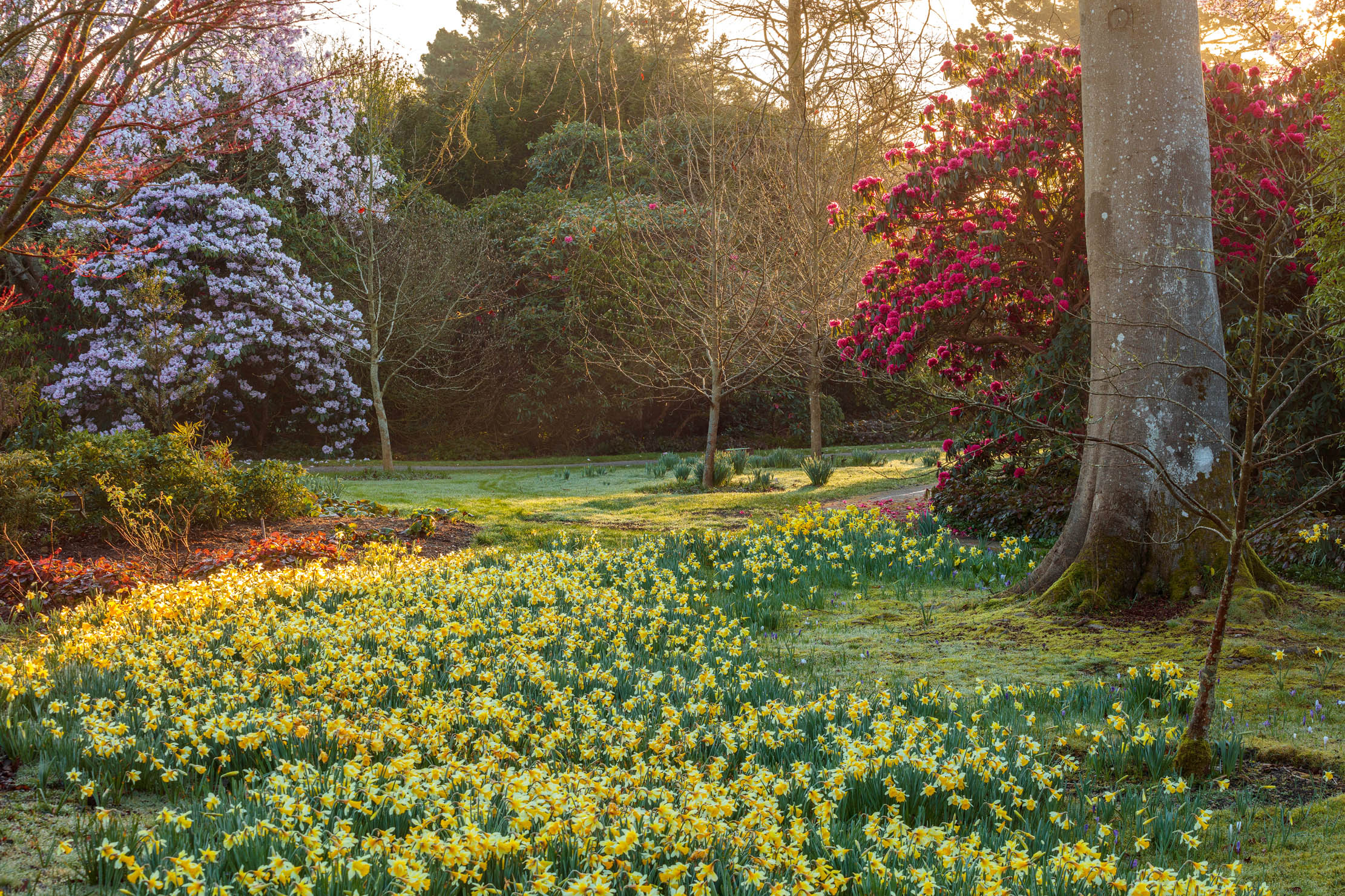
There are many good reasons to visit Borde Hill, whatever the time of the year, but the vast collection of magnolias in flower is the chief attraction in March and April. That’s when you will see the skies filled with hundreds of thousands of large, glistening flowers in shades of pink and white, clothing the naked branches of Magnolia campbellii and M. sprengeri — trees as much as 75ft high and more than 100 years old. No fewer than 20 of these magnolias at Borde Hill are acknowledged to be Champion Trees of the British Isles, some for their height and others for the thickness of their trunks. As their spectacular flowering comes to an end, the ground beneath is covered with large petals — technically tepals — so thick and abundant that you cannot avoid treading on them.
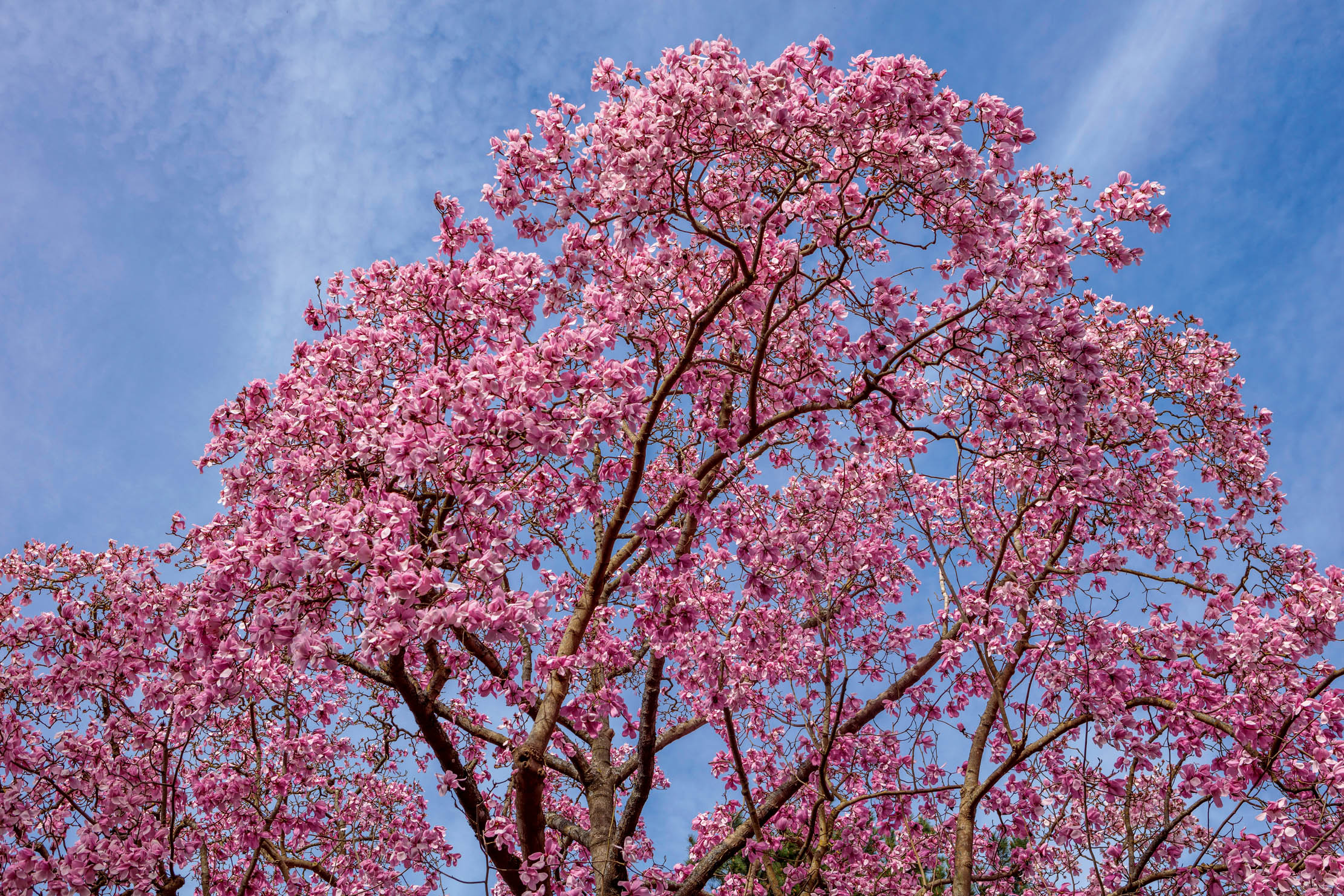
The Borde Hill estate runs from east to west along three gentle ridges, with the house on the highest point of the central ridge. Frost tends to roll away to the valleys below. The soil is sandy clay over sandstone, with pockets of sand and loam and a good accumulation of leafmould in the woodlands. Col Stephenson Robert Clarke (1862–1948), bought Borde Hill in 1893. The house dates to 1598, but Clarke enlarged it (rather grandly) in the popular Jacobethan style. It is surrounded by 35 acres of deer-fenced gardens, 200 acres of parkland and woodland, all within a much larger estate. The colonel was succeeded by his son Sir Ralph Stephenson Clarke (1892–1970), his grandson Robert Nunn Stephenson Clarke (1925–87), a great expert on rhododendrons, and by his great-grandson, Andrewjohn Stephenson Clarke (b. 1955).
In 2023, he hands over the management of Borde Hill to his son, Harry, and daughter, Jay, the fifth generation of Stephenson Clarkes to protect and develop this beautiful, important garden. Each generation has improved not only the plant collections, but also the way they are displayed for visitors to enjoy.

After he bought Borde Hill, Col Clarke quickly developed a passion for trees and shrubs. In due course, he became an accomplished botanist and, by the 1930s, he was widely considered the greatest plantsman of his day. He bought plants from nurseries in Japan, India, New Zealand, South Africa, Canada and US, corresponding and exchanging plants with leading British dendrologists and botanists. He backed the famous collectors Ernest ‘Chinese’ Wilson, Reginald Farrer, George Forrest and Frank Kingdon-Ward, as well as embarking on plant-hunting expeditions himself, in North America, India and parts of Africa.
For Col Clarke, the greatest thrill of gardening was to acquire new plants and watch them grow and flower for the first time. He was keen to share them with other garden owners, too. He recorded his experiences in a Catalogue of the Trees and Shrubs at Borde Hill, Sussex in 1932 (OUP, 1935), but continued to observe the specimens in his garden, making copious marginal notes in his own copy of the book. Those observations continue to guide the management of the garden today.
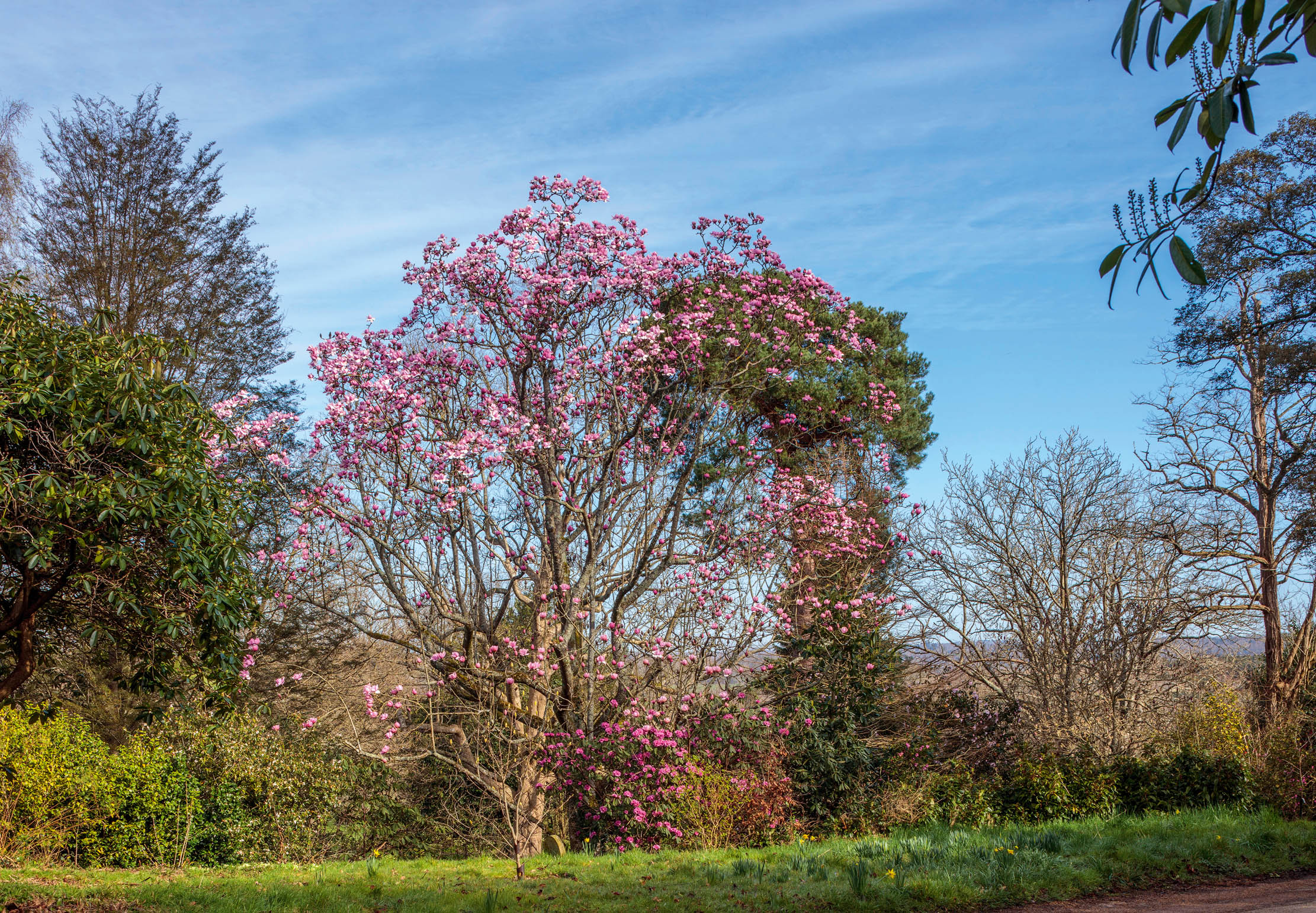
He took great care to accommodate plants in positions that most resembled their natural habitat. If he raised or received more than one plant of a species or variety, he would try them in different sites within his garden, to increase the chance that at least one of them would flourish. Time and again, new species from all over the world have flowered for the first time in Britain at Borde Hill.
In the 1920s, the colonel employed some 25 gardeners. His son, Sir Ralph, registered the garden as a charitable trust in 1965 and a sequence of extremely distinguished botanists and horticulturists have since served as trustees. At the moment, the longest serving is Jim Gardiner, a vice-president of the RHS, who has been a trustee for 30 years. The young head gardener today, properly known as Borde Hill’s head of horticulture, is Kew-trained taxonomist Harry Baldwin, who works with three full-time and two part-time gardeners, plus a team of some 10 volunteers.
Sign up for the Country Life Newsletter
Exquisite houses, the beauty of Nature, and how to get the most from your life, straight to your inbox.
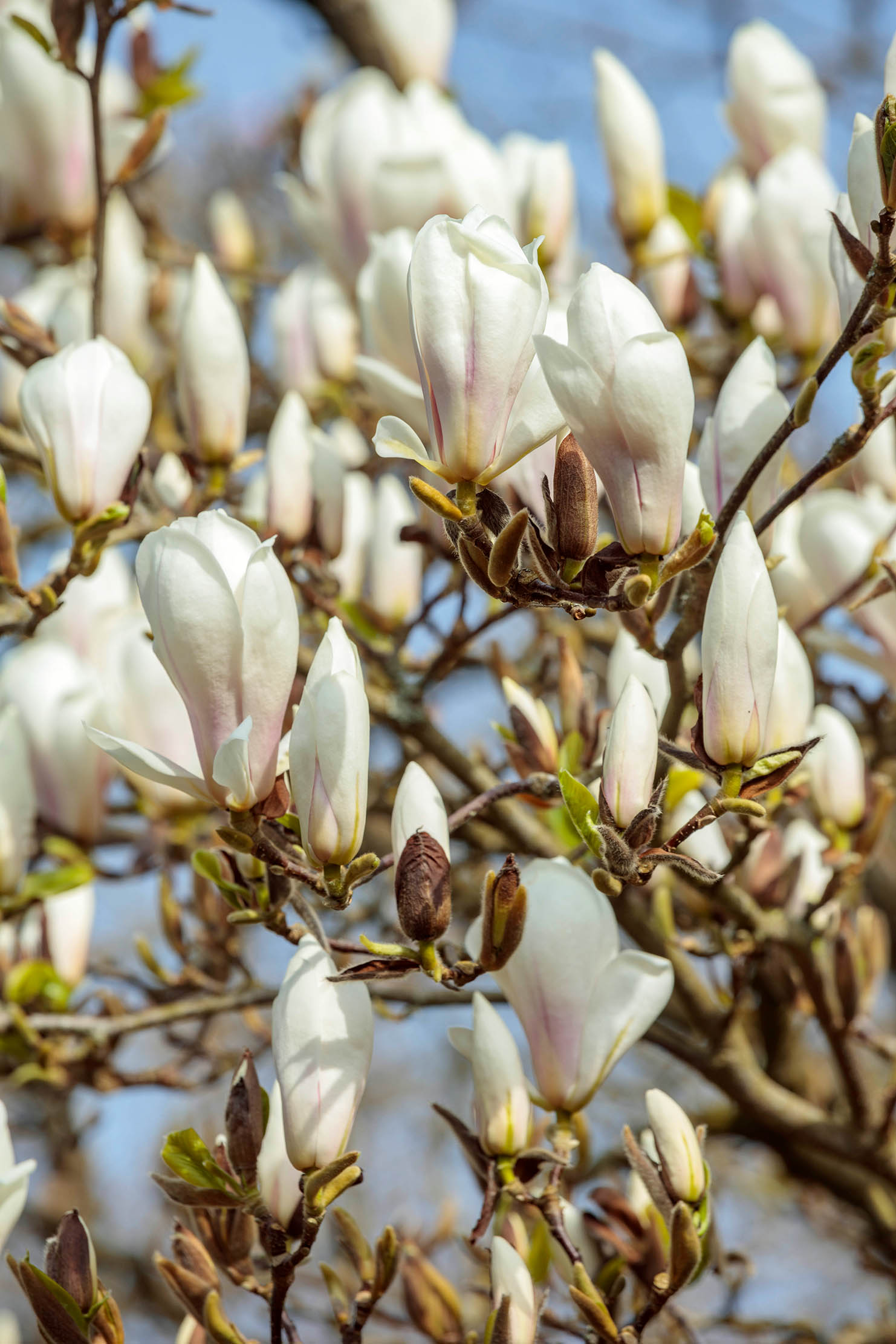
Borde Hill’s magnolias are spread throughout its many acres and most are fragrant. Near the entrance at the eastern end of the garden is an area known as the Azalea Ring, which takes its name from the circle of Kurume azaleas that enclose it. Here is a champion Magnolia campbellii, planted in the 1920s, with a trunk that rises thick and straight for at least 20ft — reminiscent of a vigorous oak tree in its prime. Other specimens of M. campbellii, its forms and hybrids, flourish around the garden. Also in the Azalea Ring is a handsome M. x soulangeana ‘Brozzonii’, planted in 1908, but it flowers a little later. Nearby, in the area known as the Old Rhododendron Garden, outsize specimens of M. sprengeri var. diva and M. sargentiana var. robusta are accompanied by a multi-stemmed plant of M. dawsoniana that re-grew from suckers after the original tree fell down. These are followed in May and June by forms of M. sinensis, the glowing, white, pendulous flowers of which are lemon scented.
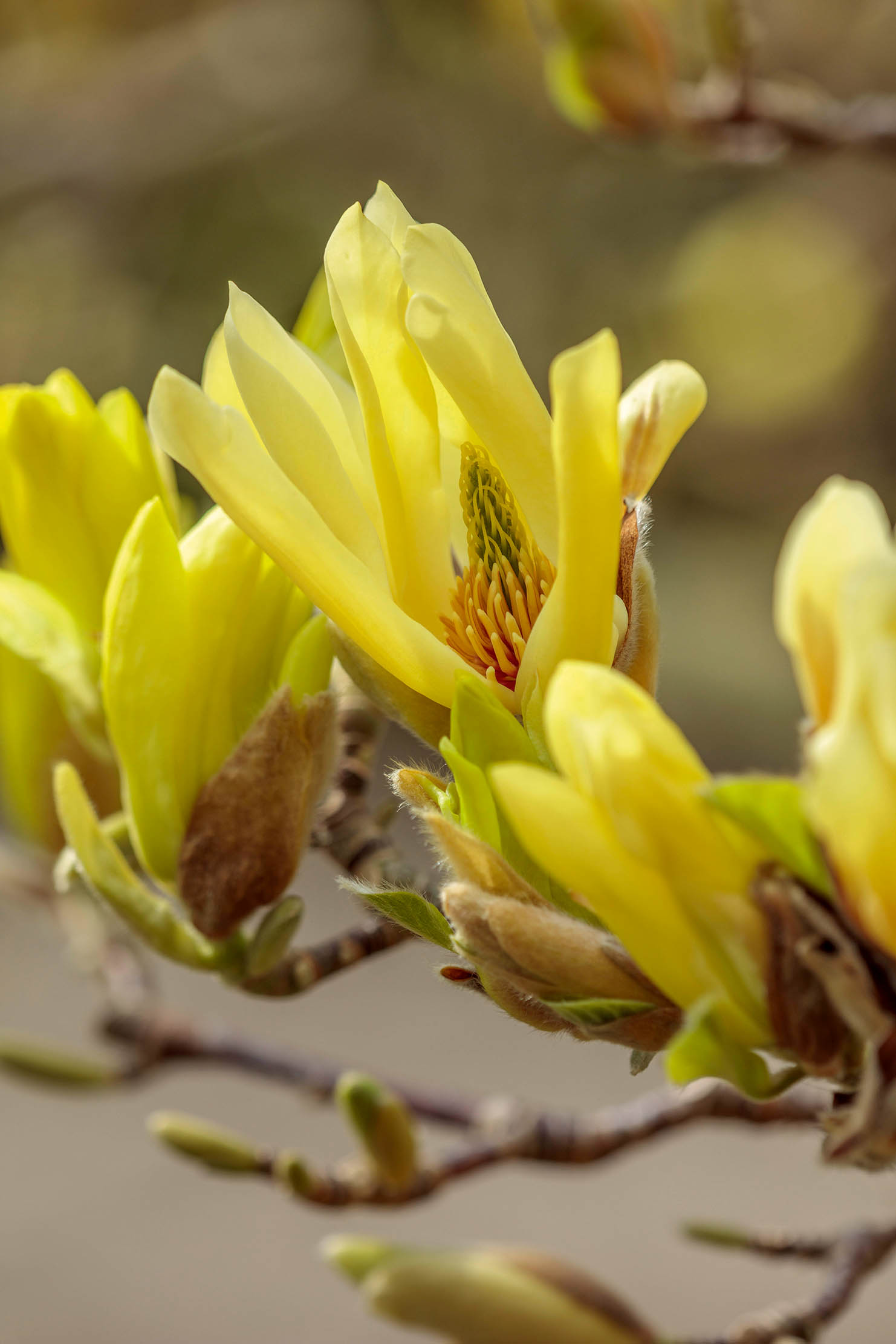
Paths lead towards the house, where a specimen of the evergreen Magnolia grandiflora ‘Goliath’ reaches almost to the roof. It was planted against the south-facing wall because, at the time, it was believed to be tender. Standard plants of another cultivar of this North American evergreen, known as ‘Kay Parris’, are neatly spaced as formal elements in the Italian Garden.
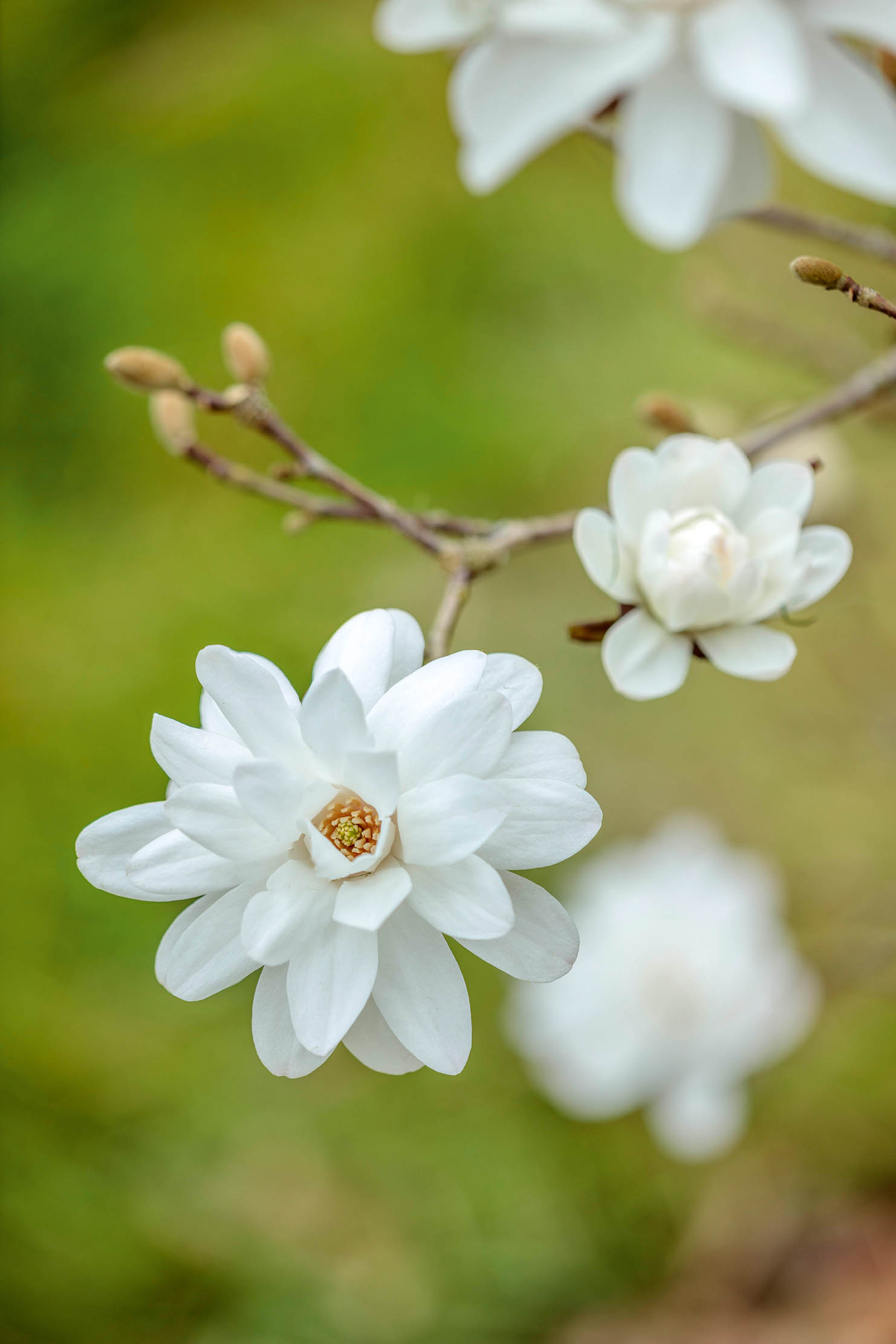
Col Clarke discovered that magnolias fare best at Borde Hill in sheltered positions where the soil is naturally damp and fertile. Their greatest concentration is to be found in the old oak woodlands north and west of the house. Giant specimens of Magnolia x veitchii and M. campbellii subsp. mollicomata flower early in the West Garden.
Here, too, is a form of the latter known as ‘Borde Hill’, which came from seed collected by George Forrest in 1924; the original tree at Borde Hill, much admired for its bright, cyclamen-pink flowers, died in 1953, but not before scions had been given to George Johnstone at Trewithen in Cornwall.
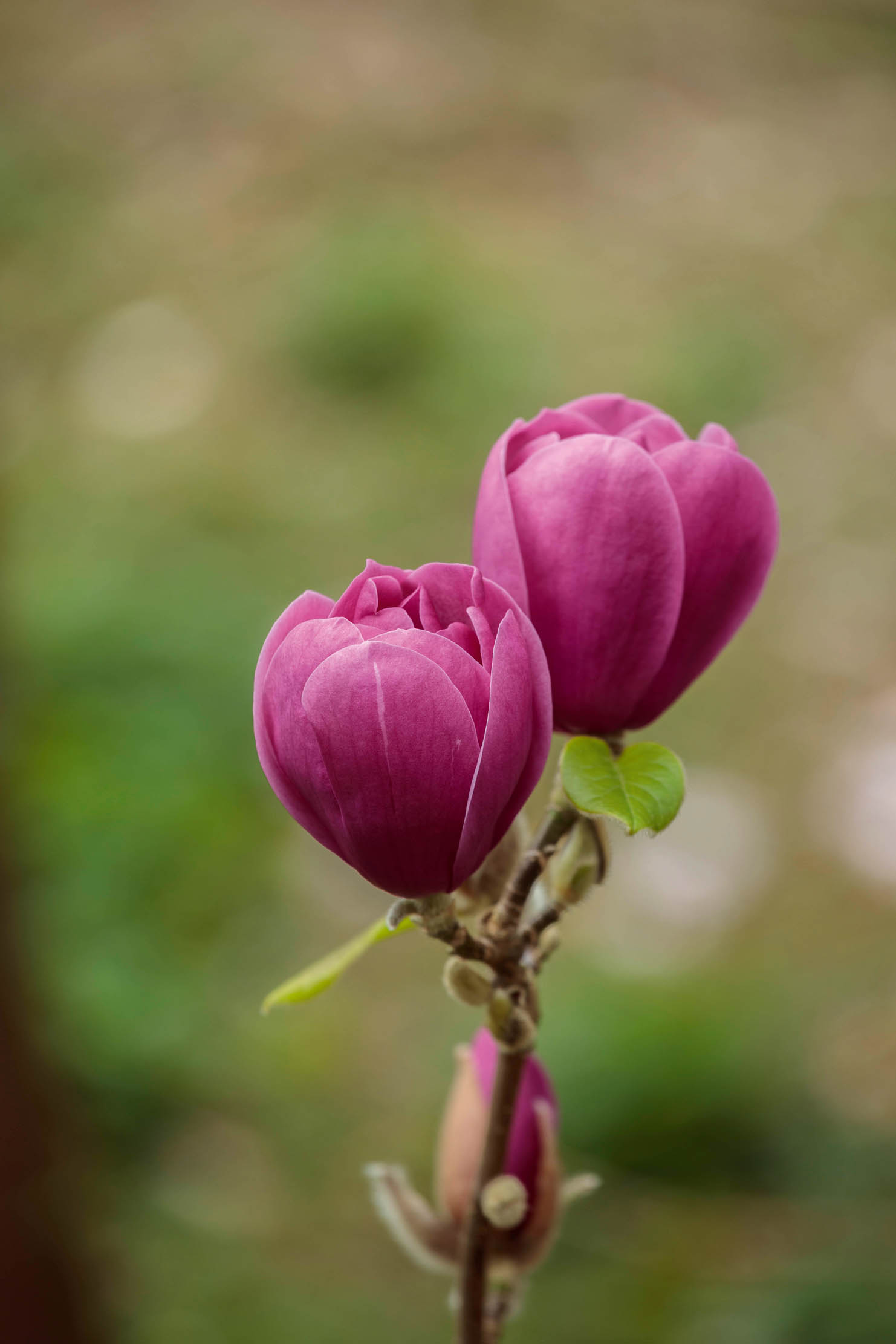
In due course, Johnstone gave further scions to Hilliers in Hampshire, from which it returned to Borde Hill some 20 years ago. Plantsmen have always swapped or received new plants from other keen garden owners. In 1931, for example, the colonel acquired two M. officinalis from Leonard Messel at Nymans, West Sussex, in exchange for two M. obovata from Borde Hill. Plant exchanges continued even during the Second World War. In 1942, Kew sent Col Clarke a young plant of M. sprengeri, which is now the tallest in Britain at more than 75ft.
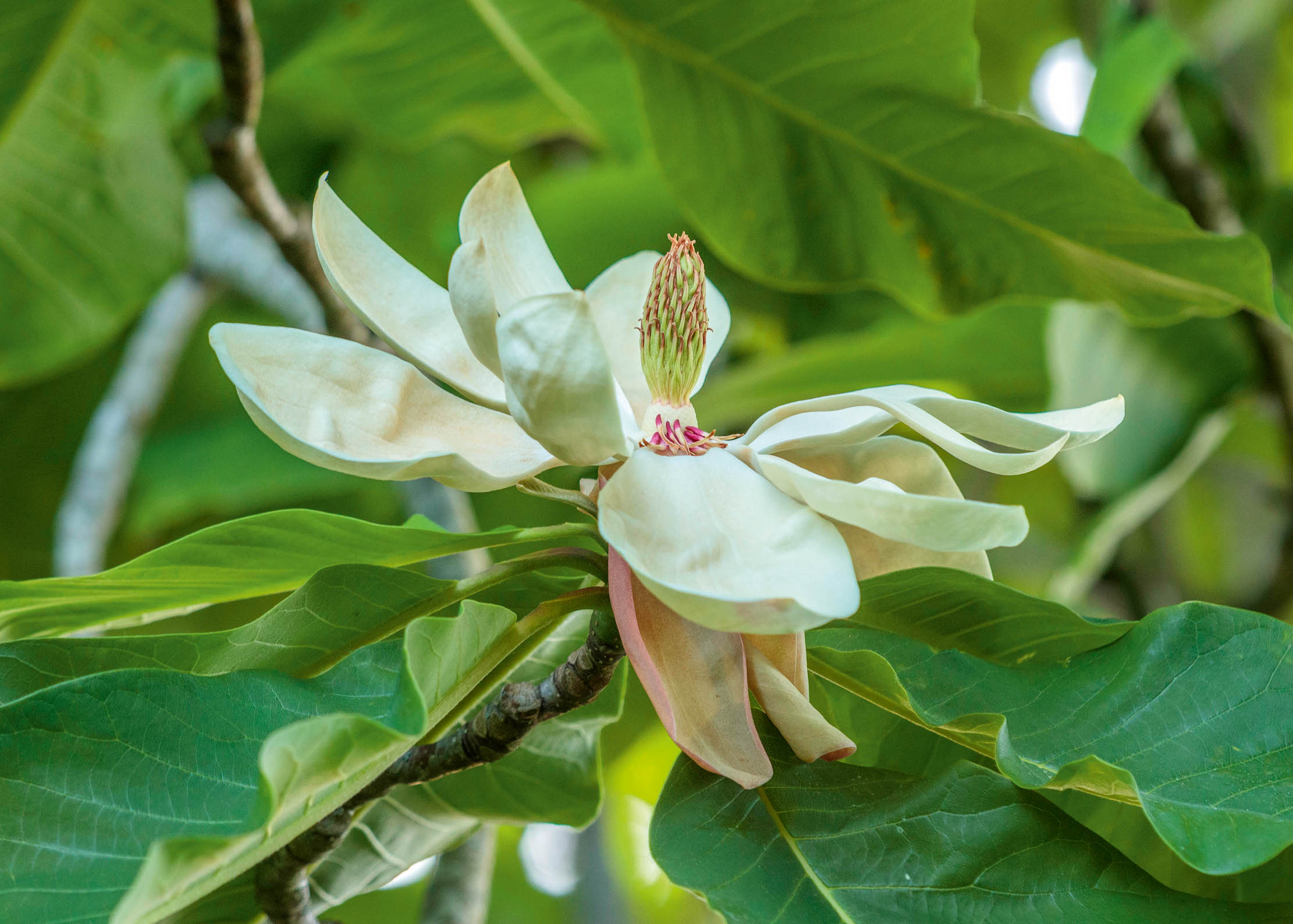
Borde Hill has magnolias that flower well into June. In the North Park are three champion magnolias known as the Three Sisters. Two of them were planted in 1933 — one of Messel’s Magnolia officinalis from China and M. fraseri, from the south-eastern US, the flowers of which were given an Award of Merit when exhibited to the RHS in 1948. The third species here is M. obovata, planted in 1936. Together, these exceptional specimens make a handsome, late-flowering group, keeping company with many modern cultivars, such as creamy-green ‘Gold Star’ and yellow-flowered ‘Lois’. A form of M. x soulangeana called Black Tulip is especially fine in April.
In 2018, Jim Gardiner — a past president of the Magnolia Society International — helped to choose and plant Gardiner Grove, a collection of 48 hybrids and forms of American Magnolia acuminata and Chinese M. sprengeri on the edge of the North Park. They are regularly evaluated for their similarities, differences and horticultural potential, but the grove will grow to become one of the most beautiful and notable features of the garden in spring.
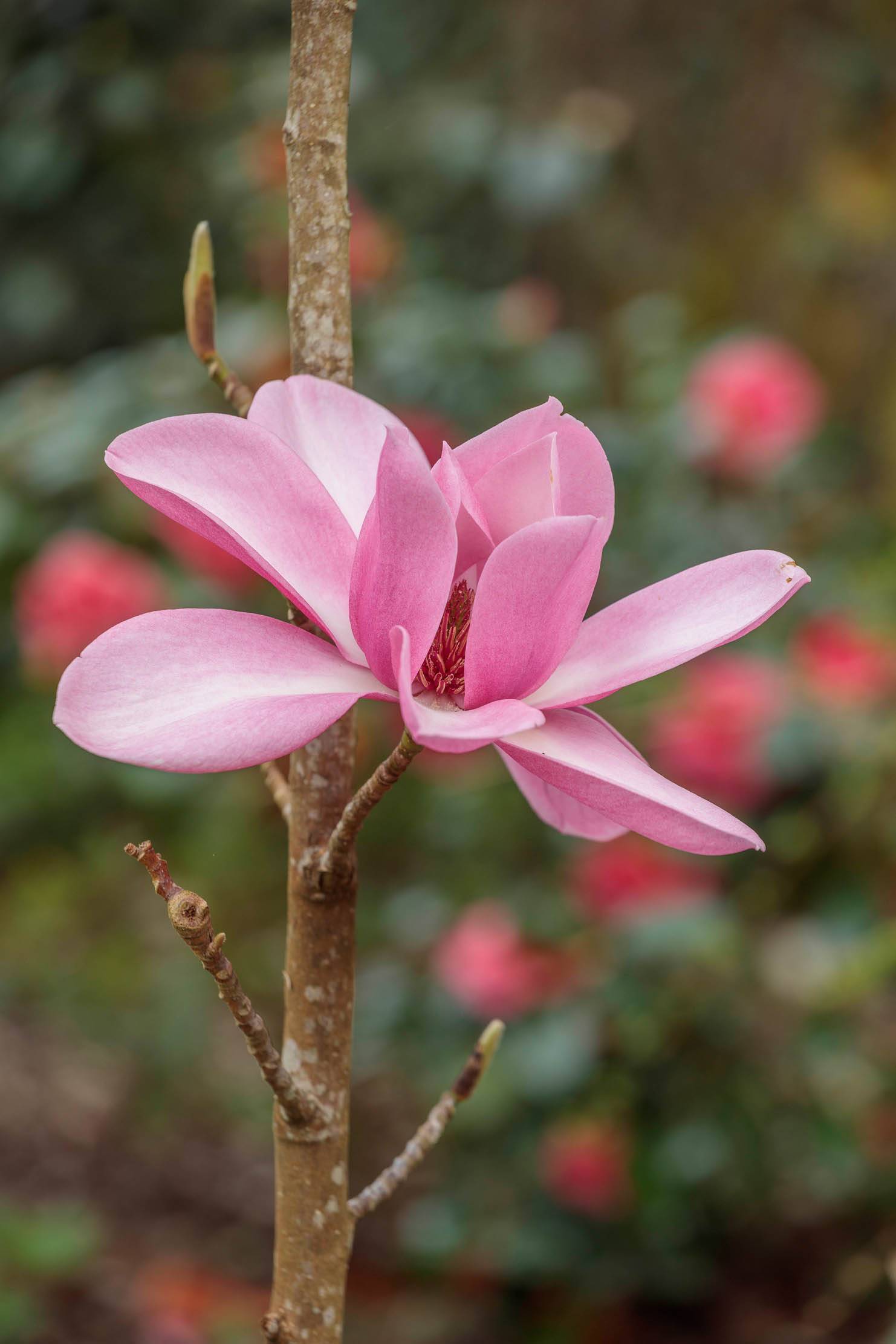
It should be said that magnolias are not the only plants for which Borde Hill is famous. Robert Nunn Stephenson Clarke built up an enormous collection of rhododendrons and azaleas. The rare trees include two mature specimens of the fabled Emmenopterys henryi, which bears huge, white, scented flowers in August. There are hundreds of large camellias with a long season of flower: ‘Donation’ and ‘Salutation’, both bred at Borde Hill and now grown by millions across the world, each bloom for several months.
The garden is also renowned for its roses, its Japanese cherries and its hydrangeas — in dells and borders — its carpets of snowdrops, daffodils and bluebells — as well as its excellent labelling, which records the names of plants of which even the best gardeners have never heard. Whatever the time of year, Borde Hill offers much to admire and to astound, but nothing beats the glory of the magnolias in March and April.
Borde Hill, Haywards Heath, West Sussex, is open until October 31 — www.bordehill.co.uk.
A new book, "Borde Hill Garden: A Plant Hunter's Paradise" by Vanessa Berridge, with photography by John Glover (£35, Merrell), is available at bordehill.co.uk/
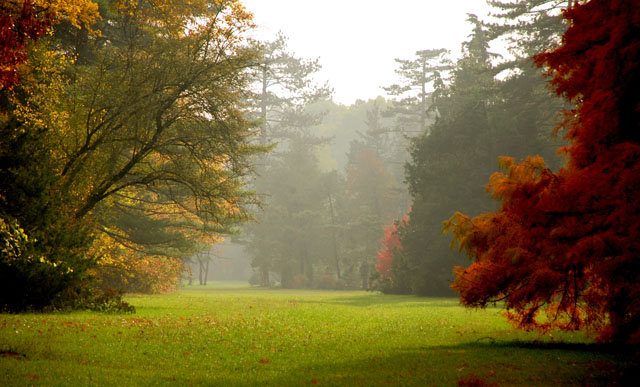
The best autumn gardens to visit
The snap in the air and the cooler evenings tell us that autumn is upon us once more. This time
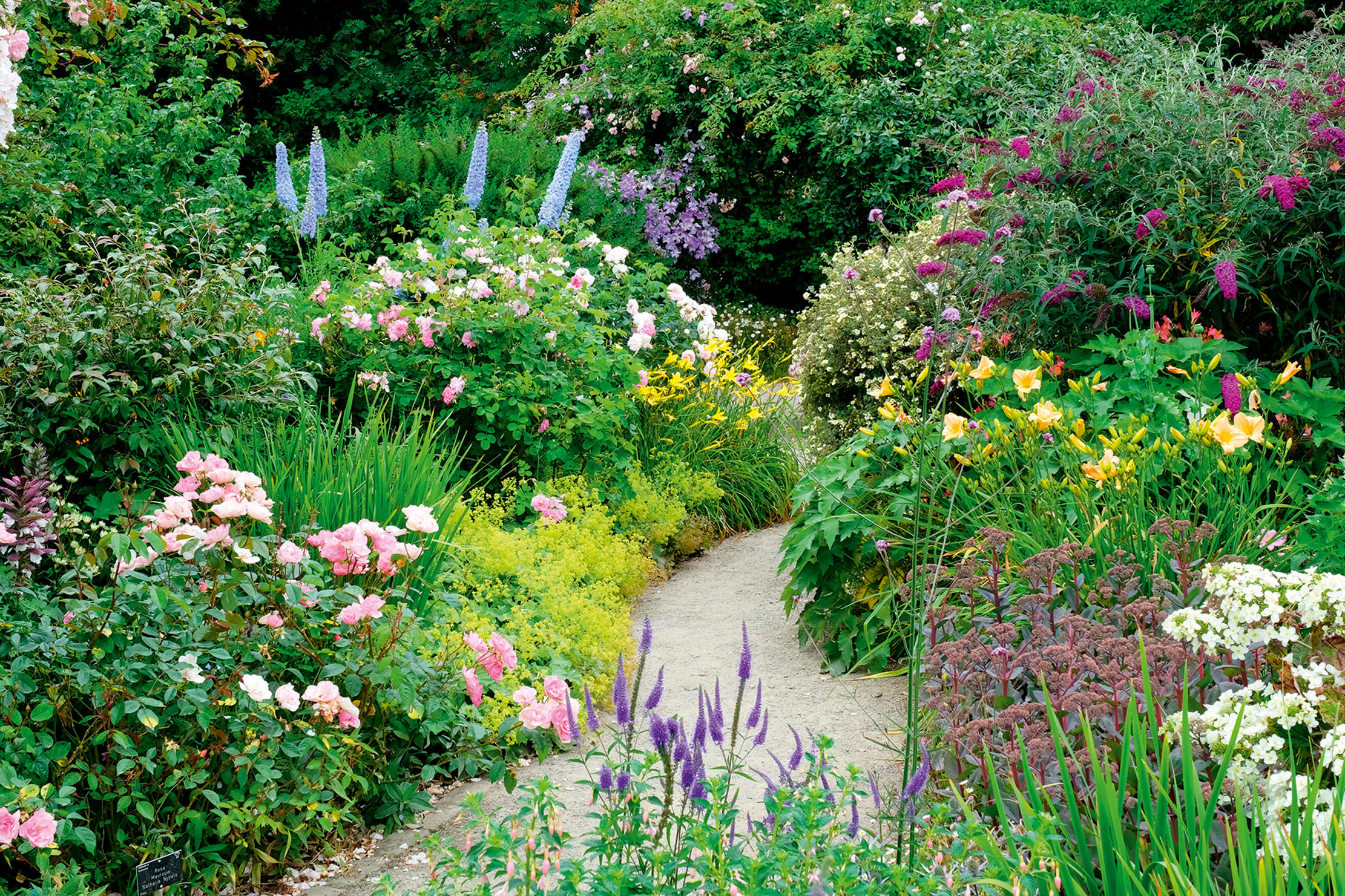
The 12 best flowering shrubs to plant for year-round colour in your garden
For year-round structure, intrinsic beauty and sheer usefulness, shrubs–the original low-maintenance plant–are hard to beat. Charles Quest-Ritson applauds their return
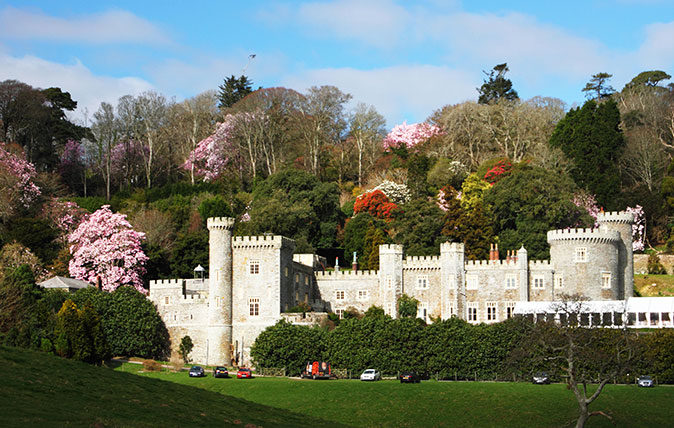
Credit: Alamy
The 19th century plant hunters who helped make Caerhays Castle's incredible collection
The magnificent gardens at Caerhays Castle in Cornwall are every inch the equal of the building which dominates the landscape,
Charles Quest-Ritson is a historian and writer about plants and gardens. His books include The English Garden: A Social History; Gardens of Europe; and Ninfa: The Most Romantic Garden in the World. He is a great enthusiast for roses — he wrote the RHS Encyclopedia of Roses jointly with his wife Brigid and spent five years writing his definitive Climbing Roses of the World (descriptions of 1,6oo varieties!). Food is another passion: he was the first Englishman to qualify as an olive oil taster in accordance with EU norms. He has lectured in five languages and in all six continents except Antarctica, where he missed his chance when his son-on-law was Governor of the Falkland Islands.
-
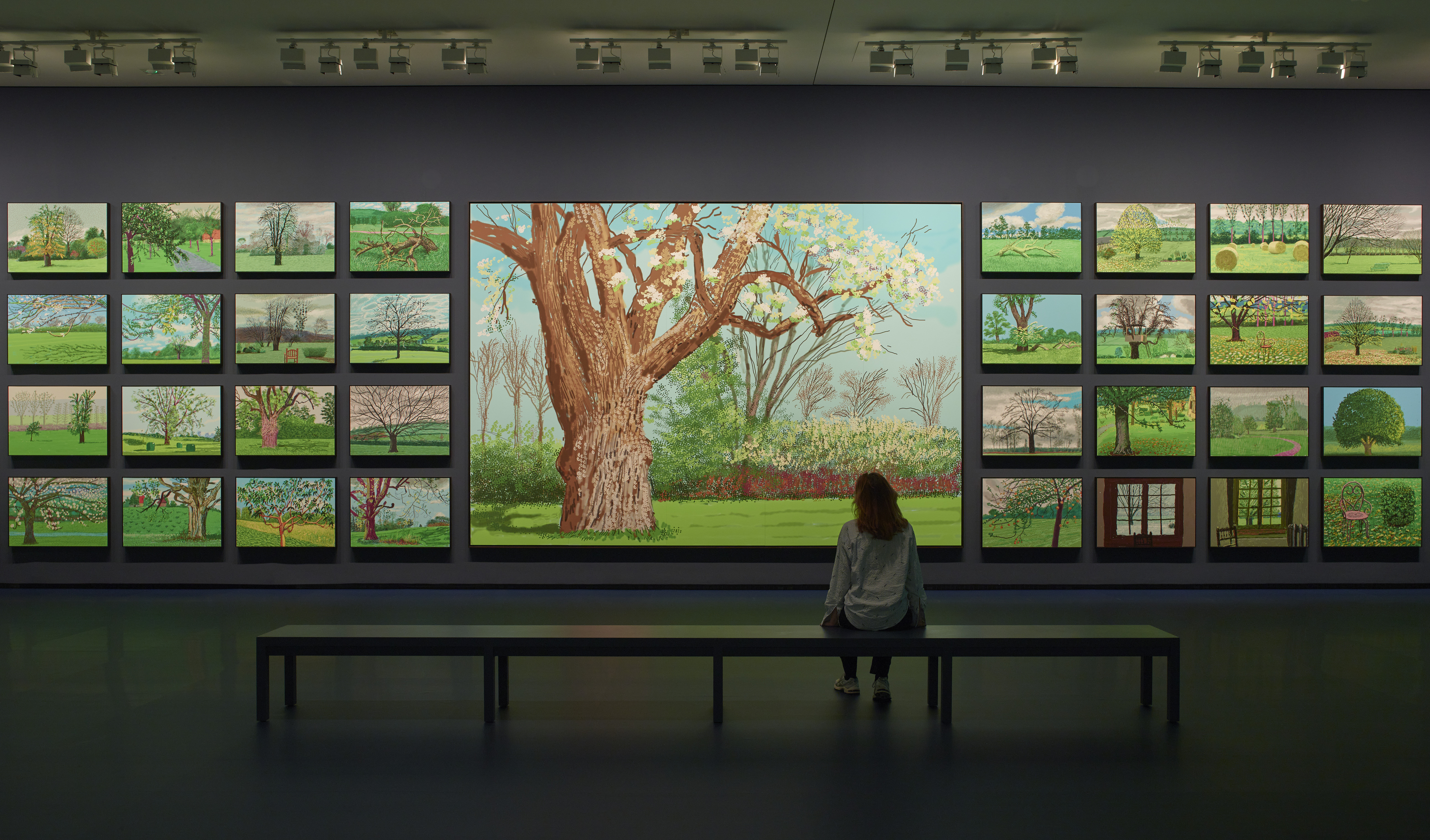 ‘David Hockney 25’ at the Fondation Louis Vuitton: Britain’s most influential contemporary artist pops up in Paris to remind us all of the joys of spring
‘David Hockney 25’ at the Fondation Louis Vuitton: Britain’s most influential contemporary artist pops up in Paris to remind us all of the joys of springThe biggest-ever David Hockney show has opened inside the Fondation Louis Vuitton in Paris — in time for the season that the artist has become synonymous with.
By Amy Serafin Published
-
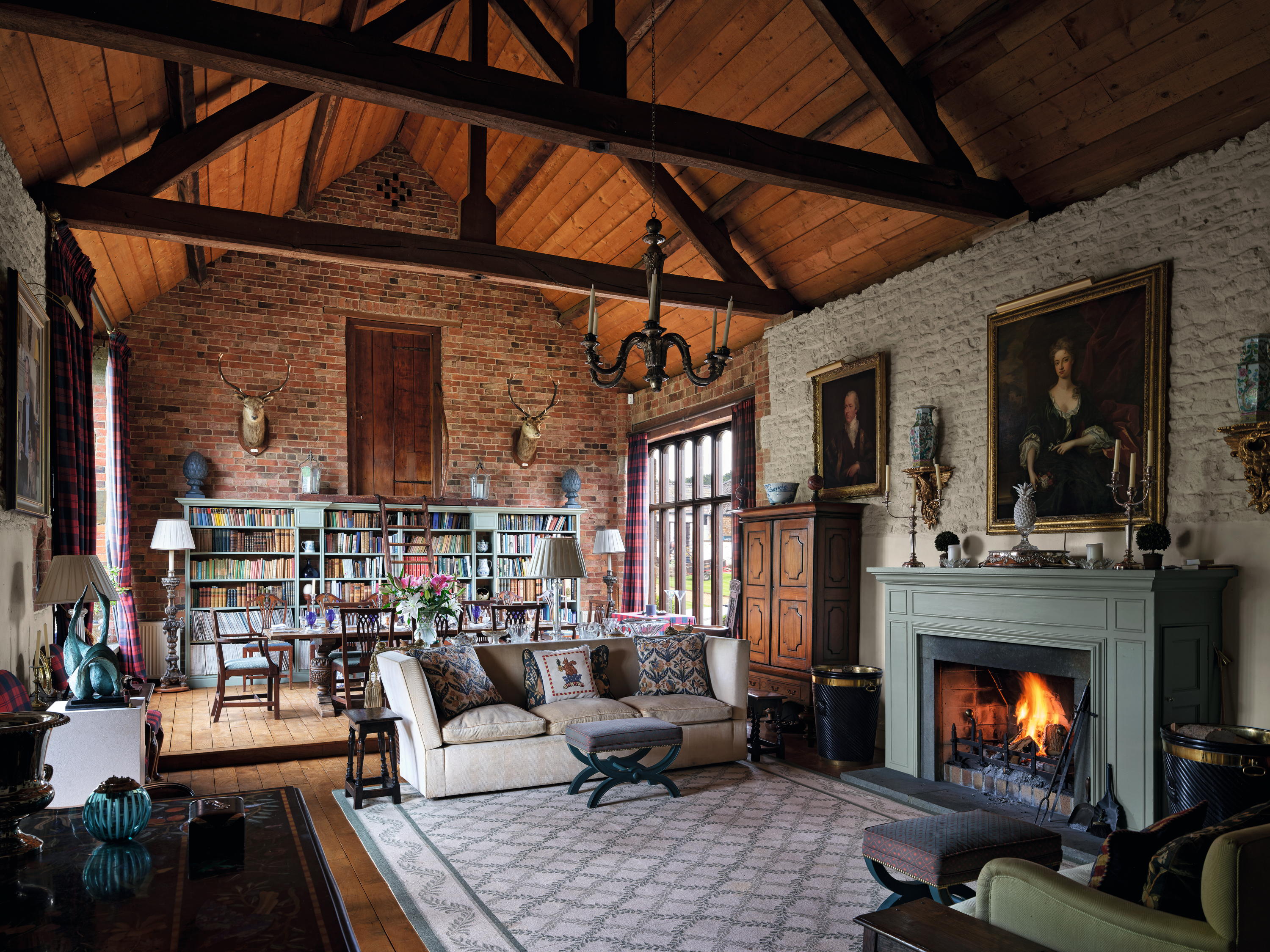 High Wardington House: A warm, characterful home that shows just what can be achieved with thought, invention and humour
High Wardington House: A warm, characterful home that shows just what can be achieved with thought, invention and humourAt High Wardington House in Oxfordshire — the home of Mr and Mrs Norman Hudson — a pre-eminent country house adviser has created a home from a 300-year-old farmhouse and farmyard. Jeremy Musson explains; photography by Will Pryce for Country Life.
By Jeremy Musson Published